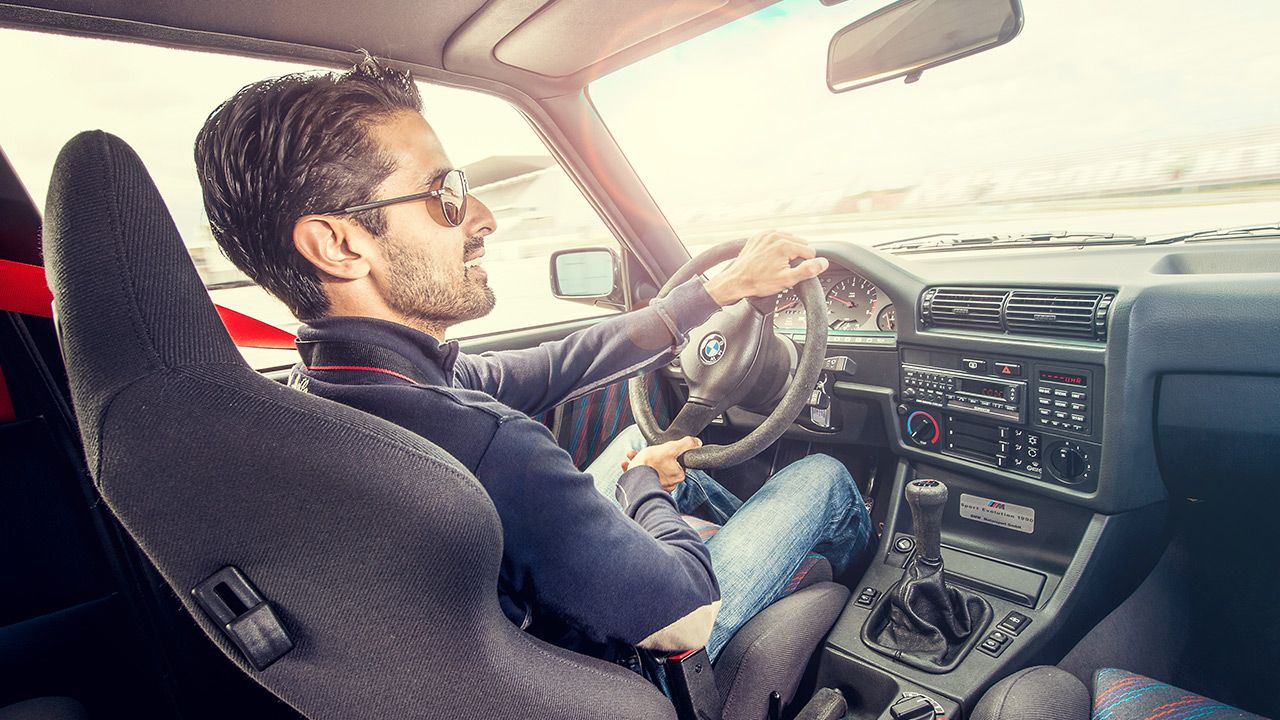
If you’re holding this issue in your hands, I assume you were attracted by the Himalayan on the cover – or the Vitara Brezza perhaps, or even the new Superb. Maybe even the Bentayga if you prefer your machinery gilded. And, of course, while I urge you to go through all the reviews in this issue, don’t forget to read through our Central American escapades in the GLA Adventure.
Frankly, the folks at Mercedes-Benz need a medal for allowing us to trek around the world in their two machines – which really have been pretty faultless through a journey that’s taken them half way around the world. And while there are simply too many highlights to mention here (and heartbreaks as well, mind you), what I want to talk about in this month’s editorial is the Costa Rican Touring Car Championship. Yes, that’s what happens when you send a petrol-head around the world – he visits some Mayan ruins and comes back having forgotten all about the hieroglyphs he attempted to decipher and remembers only the 5.7-litre V8 lump that he’s seen in the engine bay of a race car. What can I say – nature of the beast!
To summarise, the Costa Rican Touring Car Championship in question is a brand new series with an all-new race car. All the cars are identical, with the exception of one thing – the way they look on the outside. So, they’re all built on a space-frame chassis, have a crate engine, four-speed racing gearbox, and exactly the same setup. The only thing separating them is a pair of lights and a front grille. You see, they’re covered in silhouette bodies made to resemble the road cars you and I drive everyday. So, you have a Chevy Cruze seemingly going up against a Suzuki Ciaz or a Hyundai Elantra.
It’s a stroke of genius if you think about it. The development costs are kept in check, because the cars are exactly the same and the amount you can fiddle with them is regulated very closely. They offer great racing, because it’s the driver who makes all the difference. And, courtesy of the big V8 they’re loud and fast – so they offer a great spectacle. The carmakers get good mileage without having to break the bank. All they need to do is ensure that the best driver is in the cockpit of the car with the front grille and headlights sourced from their parts bin.
Why would they race a car that doesn’t share any mechanical bits with the machines in their showrooms, you ask? Well, it works for NASCAR – perhaps the most successful racing series in the world at present. The real trouble in India is the reluctance to go up against each other on the track. Everyone’s satisfied to run their own one-make series, so they can each be champions. But when there’s no real competition, there’s no real emotion – and, consequently, there’s no involvement from the public at large. And, if that’s the case, you may be doing a brilliant job in your own series but no one will ever know – so what’s the point? Unless you get out there and put your pride on the line, no one’s interested – either in your victory or your downfall.
So, I urge you to try the Costa Rican formula. If it works, the next step would be to develop your own race machines that actually share a lot more in common with the cars that you sell in showrooms. Then your dealers can actually thump their chests and quote this old adage in earnest – Win on Sunday, Sell on Monday!

















Write your Comment